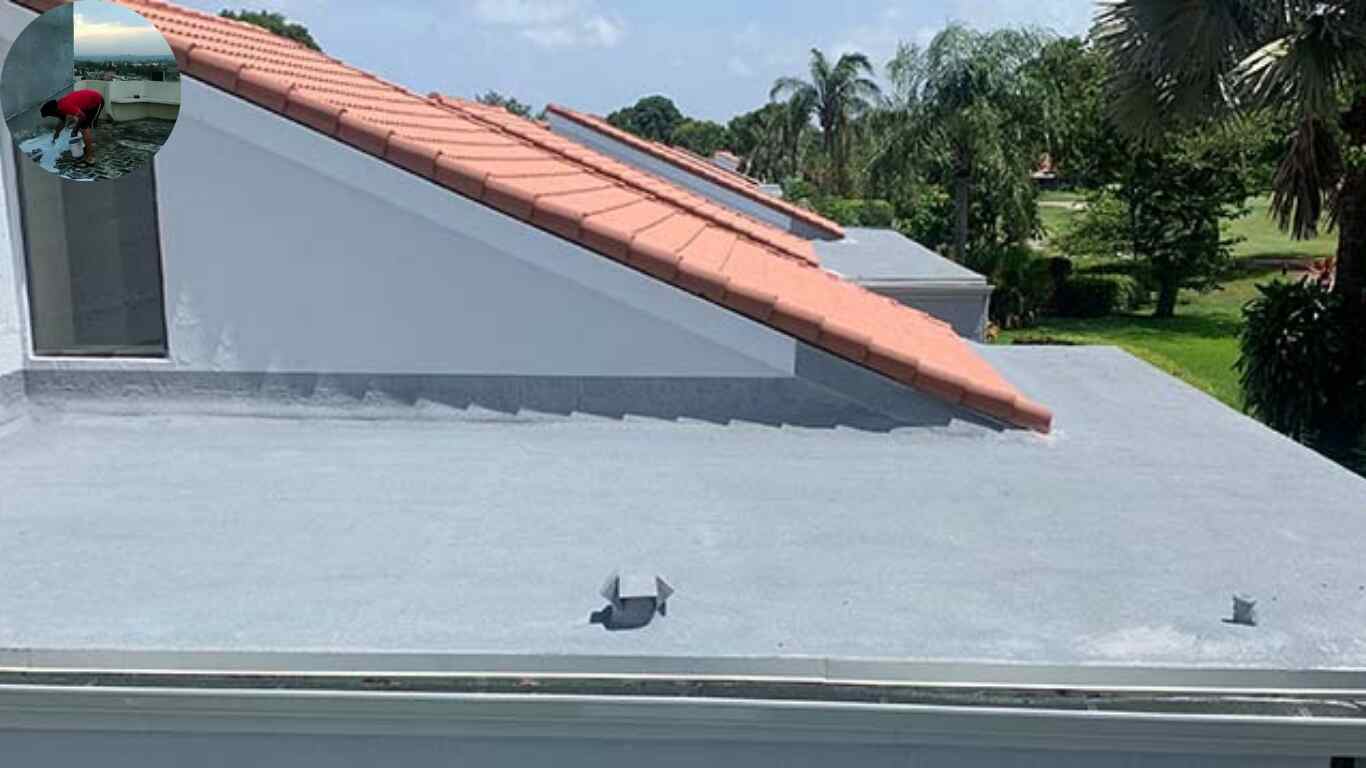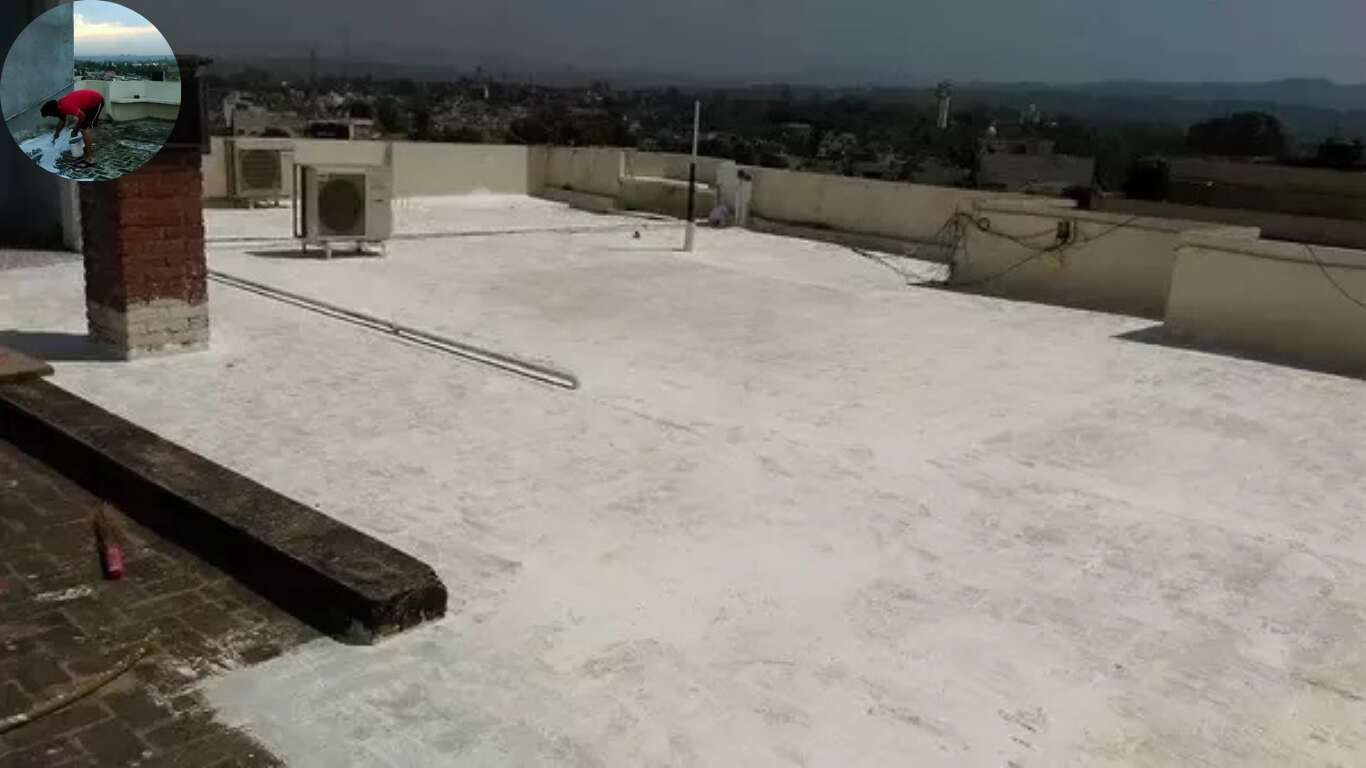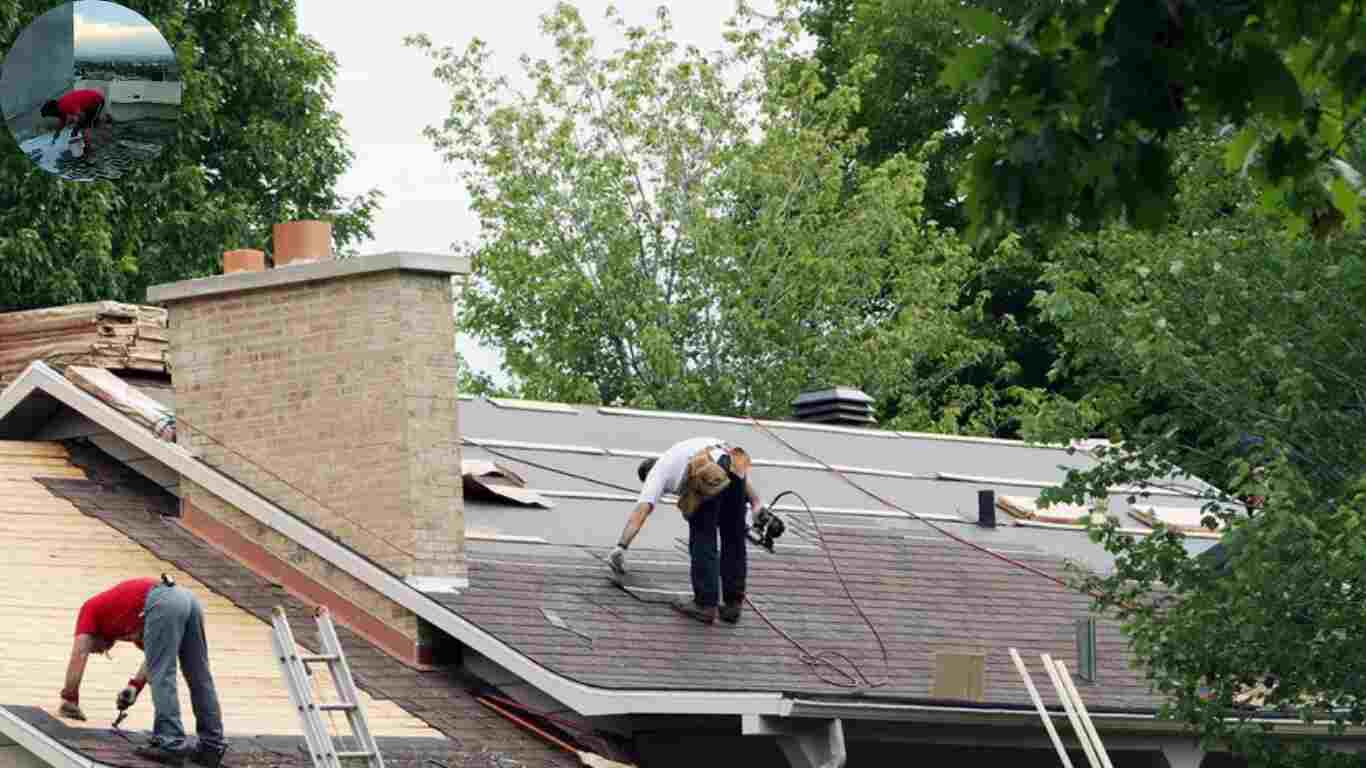Cooling your home during the hot summer can be costly and challenging. Many homeowners search for energy-efficient, cost-effective solutions to reduce indoor temperatures without relying solely on air conditioning. One such method that has been gaining attention is roof watering, which involves spraying water on your roof to cool it down. But does spraying your roof with water cool your house, and is it a practical solution for everyone?
| Aspect | Description | Supporting Details |
|---|---|---|
| How it works | Spraying water on the roof cools it through evaporative cooling. | As water evaporates from the hot roof, it absorbs heat, reducing the roof’s temperature. |
| Temperature reduction | Can lower indoor temperatures by up to 5–10°F (about 3–5°C). | Effectiveness depends on factors like humidity, wind, and frequency of spraying. |
| Best conditions | Most effective in hot, dry climates with low humidity. | High humidity slows evaporation, reducing cooling effect. |
| Method | Use a sprinkler or misting system to apply water evenly and periodically. | Spraying every 10–15 minutes during peak heat is suggested for best results. |
| Benefits | – Reduces heat transfer into the house – May lower energy bills – Can prolong roof life |
Less reliance on air conditioning; prevents roof overheating. |
| Drawbacks/Considerations | – Requires significant water – May not suit all roofing materials – Risk of moisture damage |
Not recommended for roofs with solar panels or gardens; water use can be substantial. |
| Alternatives | Green roofs, reflective coatings, or installing solar panels. | These can naturally keep roofs cooler without water use. |
| Long-term impact | Potential energy savings, but risk of structural issues if moisture accumulates. | Moisture can cause damage if not managed; benefits depend on local conditions. |
Understanding Roof Watering
What Is Roof Watering?
Roof watering is an age-old practice that involves spraying water over the surface of a roof to reduce its temperature. Traditionally, this method has been used in hot and arid climates, where cooling homes is particularly challenging. This technique can help lower indoor temperatures by cooling the roof, providing a natural alternative to artificial cooling systems.
In recent years, roof watering has gained renewed interest due to rising global temperatures and the need for sustainable cooling methods. Homeowners and researchers are exploring its potential as an eco-friendly and energy-efficient solution.
How Does It Work?
The effectiveness of roof watering lies in the principle of evaporative cooling. When water is sprayed onto a hot surface, it absorbs heat as it evaporates, effectively cooling the surface beneath it.
Here’s a simplified breakdown of the process:
- Solar heat warms the roof surface, making it extremely hot during the day.
- When water is sprayed on the surface, it begins to evaporate.
- Evaporation requires energy, which comes from heat absorbed from the roof.
- As the water evaporates, it cools the roof by removing heat from the surface layer.
However, the efficiency of this process depends on several factors:
- Humidity levels: Roof watering works best in dry climates, where evaporation occurs quickly.
- Wind speed: Air movement helps accelerate evaporation, enhancing cooling.
- Temperature difference: The greater the temperature difference between the water and the roof, the more effective the cooling.
The Science Behind Spraying Your Roof with Water
Evaporative Cooling Explained
Evaporative cooling is a natural phenomenon when water changes from a liquid to a vapor, absorbing heat. This cooling effect is most noticeable in dry, hot conditions, so roof watering is particularly effective in desert-like climates.
You may also read(brown roof house colors)
For example:
- A roof exposed to direct sunlight can reach temperatures of 150°F (65°C) or higher.
- Depending on the conditions, spraying water onto the surface can reduce that temperature significantly, sometimes by 30-50°F (15-25°C).
- This reduction in surface temperature can also translate to a noticeable drop in indoor temperatures.
Impact on Indoor Temperatures
By cooling the roof, roof watering can reduce the heat transfer into your home. Studies have shown that this method can lower indoor temperatures by up to 10°F (5°C), making a significant difference in comfort levels. This reduction can reduce reliance on air conditioning in regions with extreme heat, leading to energy and cost savings.
Here’s how roof watering compares to other cooling methods:
- Air conditioning: While more effective, it consumes high amounts of electricity.
- Cool roof coatings reflect sunlight but may not perform as well in extreme heat.
- Roof insulation: Reduces heat transfer but doesn’t actively cool the roof.
Does Spraying Your Roof with Water Cool Your House?
Direct Answer to the Focus Keyword
So, does spraying your roof with water cool your house? Yes, it does! However, its effectiveness depends on specific factors such as your climate, roof material, and water availability. Roof watering is most effective in hot, dry climates, where evaporation is rapid and consistent.
Here are some points to consider:
- Climate: Dry and windy conditions enhance cooling; humid areas may see reduced effectiveness.
- Roof Type: Metal and flat roofs tend to cool more effectively than porous or heavily insulated roofs.
- Water Usage: Sustainable water management is essential to prevent wastage.
Frequently Asked Questions
Can spraying water on the roof replace air conditioning?
No, roof watering is not a full replacement for air conditioning in most cases. However, it can complement cooling systems by reducing overall energy consumption.
How much water is needed for noticeable cooling?
The amount depends on your roof’s size and the climate. You may need 10-20 gallons per day for a medium-sized home during peak heat.
Is it safe for all roof types?
Not all roofs are suitable for frequent watering. Ensure your roof is properly waterproofed to prevent leaks or moisture damage.
Techniques for Effective Roof Watering
Best Practices
To maximize the benefits of roof watering, it’s essential to follow these best practices:
- Use a fine mist: Misting systems are more efficient than drenching the roof, promoting faster evaporation.
- Spray during peak heat: Timing matters. Water your roof during the hottest part of the day for optimal cooling.
- Invest in automation: Automated systems with timers or temperature sensors can ensure precise watering without waste.
DIY vs. Professional Installation
DIY Solutions
Homeowners can set up simple systems using garden sprinklers or hoses. Ensure even coverage and avoid overwatering.
Professional Installation
For long-term use, consider hiring professionals to install automated misting systems. These systems are efficient, durable, and designed to minimize water usage.
Benefits Beyond Cooling
Energy Efficiency and Cost Savings
Roof watering can help you save on energy bills by reducing your reliance on air conditioning. Additionally, less strain on your HVAC system can extend its lifespan, reducing maintenance costs.
Roof Longevity
Frequent overheating can cause thermal stress, leading to cracks and wear in roofing materials. Roof watering helps prevent this, potentially extending the life of your roof.
Environmental Impact
Roof watering can also reduce your carbon footprint by lowering energy consumption. Paired with cool roof coatings, it can even reduce urban heat islands, making cities more livable.
Risks and Drawbacks
Potential for Water Damage
Improper roof watering can lead to issues such as:
- Leaks: Ensure your roof is sealed and waterproofed.
- Moisture buildup: Poor drainage can cause mold or mildew.
Limitations in Humid Climates
In humid areas, evaporation occurs more slowly, reducing the cooling effect. Homeowners in these regions may need to explore alternative cooling methods.
Resource Considerations
Water usage is a key concern. While roof watering is effective, it must be implemented responsibly to avoid wasting water in drought-prone areas.
Comparing Roof Watering with Other Cooling Solutions
MethodCooling EffectivenessCostMaintenanceSuitability
Roof Watering Moderate-High Low-Moderate Moderate Dry, hot climates
Cool Roof Coatings High Moderate Low Most climates
Air Conditioning High High High All climates
Roof Insulation Moderate Moderate Low All climates
Green Roofs High High High Urban, temperate
Enhancing Results: Combining Roof Watering with Other Methods
Cool Roof Coatings and Paints
Reflective roof coatings can improve the cooling effect of roof watering by reducing heat absorption. These coatings work well in combination with misting systems.
Smart Automation
Consider IoT-enabled systems that automate watering based on temperature or time of day. These systems ensure efficiency and reduce manual effort.
Conclusion
In conclusion, does spraying your roof with water cool your house? Absolutely! Roof watering is a practical and effective method for reducing indoor temperatures, particularly in hot, dry climates. While it may not replace air conditioning entirely, it can significantly lower energy usage, prolong roof life, and reduce environmental impact.
If you’re considering roof watering, consider your climate, roof type, and water availability. With the right approach, this simple technique can make a big difference in your home’s comfort and sustainability.
You may also read(what color to paint house with green roof)
